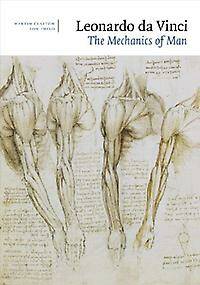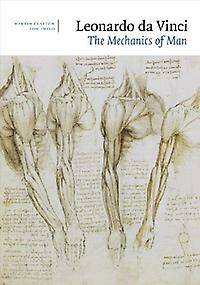
- Afhalen na 1 uur in een winkel met voorraad
- Gratis thuislevering in België vanaf € 30
- Ruim aanbod met 7 miljoen producten
- Afhalen na 1 uur in een winkel met voorraad
- Gratis thuislevering in België vanaf € 30
- Ruim aanbod met 7 miljoen producten
Zoeken
€ 31,95
+ 63 punten
Uitvoering
Omschrijving
Leonardo da Vinci was not only one of the leading artists of the Renaissance, he was also one of the greatest anatomists ever to have lived. He combined, to a unique degree, manual skill in dissection, analytical skill in understanding the structures he uncovered, and artistic skill in recording his results. Leonardos campaign of human dissection carried out during 151011 was recorded on the pages of a manuscript now in the Print Room at Windsor Castle known as Anatomical Manuscript A. These are extensively annotated in Leonardos distinctive mirrorwriting, which is translated here for the first time on the page. So that the unfolding of his thoughts can be followed by both the specialist and the general reader.
Specificaties
Betrokkenen
- Auteur(s):
- Uitgeverij:
Inhoud
- Aantal bladzijden:
- 160
- Taal:
- Engels
Eigenschappen
- Productcode (EAN):
- 9781905686834
- Verschijningsdatum:
- 23/04/2025
- Uitvoering:
- Paperback
- Afmetingen:
- 210 mm x 310 mm
- Gewicht:
- 1000 g

Alleen bij Standaard Boekhandel
+ 63 punten op je klantenkaart van Standaard Boekhandel
Beoordelingen
We publiceren alleen reviews die voldoen aan de voorwaarden voor reviews. Bekijk onze voorwaarden voor reviews.











